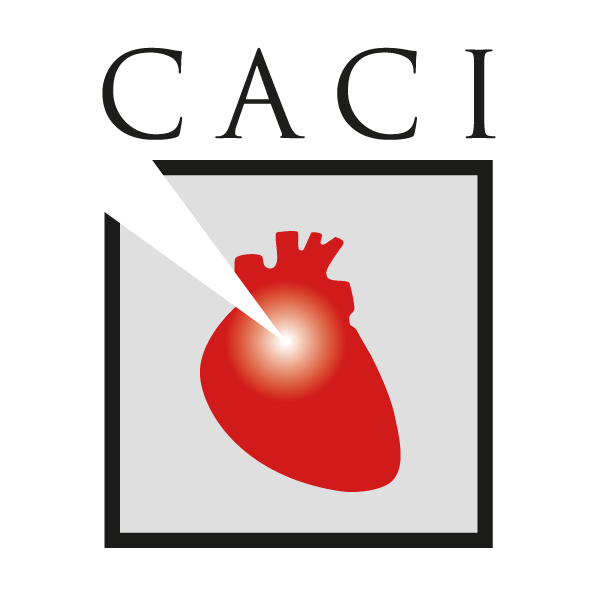Original title: Randomized Comparison of Clinical Outcomes between Intravascular Ultrasound and Angiography-Guided Drug-Eluting Stent Implantation for Long Coronary Artery Stenosis. Reference: Jung-Sun Kim et al. J Am Coll Cardiol Intv 2013. Article in press.
Treating long lesions is difficult and the chance of instant thrombosis may be higher in these lesions. Coronary intravascular ultrasound (IVUS) can help in this context, however the information in our possession comes from retrospective and nonrandomized studies. No trial so far has evaluated the utility of IVUS in long lesions treated with drug-eluting stents (DES). The population of this study arose from RESET, (Real Safety and Efficacy of a 3-Month Dual Antiplatelet Therapy Following Zotarolimus-Eluting Stents Implantation). A pre-specified population with long lesions, (≥ 28 mm), were randomized to the use of IVUS or angiography only to guide angioplasty. The primary endpoint was a composite of cardiac death, myocardial infarction, stent thrombosis or target vessel revascularization (TVR) annually.
A total of 543 patients were randomized of which 269 were assigned to IVUS guidance and 274 guided only by angiography. Despite the assigned treatment, 13 patients, (4.8%), of the IVUS branch finally did not receive it, 41 patients (15%) of the angiography branch finally received IVUS. In the intention analysis for treatment, post expansion was performed more frequently in those patients who used IVUS, (54.6% versus 44.5%, p = 0.03), although the minimum diameter post intervention was not different between the two branches. At one year of follow up, the combined end point was lower in the IVUS branch but did not reach statistical significance, (4.5% versus 7.3%, p = 0.16), at the time we conducted the analysis, so eventually was used but not for intention to treatment; the difference in the combined end point was then significant, (4% versus 8.1%, p = 0.048).
Conclusion:
The strategy of routine using IVUS in the intention to treatment analysis did not improve the combined end point after one year. When the decision to use it relys on the operator it improves outcomes, although this data should be confirmed.
Commentary:
The observed crossover prevents definitive conclusions but also adds that it was not authenticated with the information obtained from IVUS, (the post expansion was left to surgeon discretion). It is also a limitation that it was not mandatory to evaluate the artery prior to the IVUS assessment but after stenting, in fact only half of those receiving IVUS were evaluated previously and this could have wasted a lot of potentially useful information, (i.e. the perfect stent size). Finally the one year follow up and the inadequacy of the sample, (events on angiography branch were lower than expected), leaves the question open to debate. Probably the use of IVUS is suitable but only when surgeons are comfortable with it and can interpret information to change strategy if differences arise with angiography.
SOLACI.ORG




